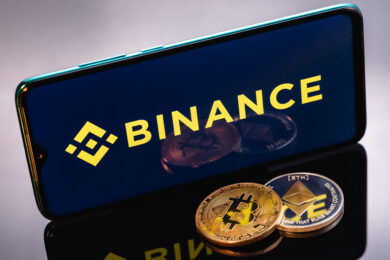
TQQQ and SQQQ inflows and stock prices diverged in a weird way
- TQQQ has outperformed the SQQQ ETF in 2023 as tech stocks jump.
- SQQQ has lost more than $4.6B while TQQQ has lost $4.9B this year.
- TQQQ has beaten the SQQQ fund in the past decade.
The ProShares UltraPro QQQ (TQQQ) ETF has done well this year as American stocks jumped. The highly leveraged fund soared to a high of $46 in November, bringing the year-to-date gains to over 80%. It has jumped by more than 175% from the lowest point in December last year.
There are signs that investors are exiting the ETF even as its price surged this year. Data compiled by ETF.com shows that the fund had over $1.7 billion of outflows in November, its worst month since January this year. In total, it has lost over $4.9 billion this year, bringing its total holdings to over $18 billion.
TQQQ has performed differently with the ProShares UltraPro Short QQQ (SQQQ) ETF, which has had strong inflows this year. SQQQ generated over $1.3 billion in inflows in November, bringing the total funds to over $4.7 billion. This is even though SQQQ ETF stock has dropped by more than 76% from its highest point in 2022.

TQQQ vs SQQQ ETFs chart
TQQQ and SQQQ are different from traditional ETFs like Invesco QQQ and SPDR S&P 500 Trust (SPY). Their main difference is that they are highly leveraged and are mostly intended to day traders.
TQQQ generates three times the return if the Nasdaq 100 index rises by 1% in a single session. It then loses three times if the index retreats by 1%. By focusing on a single day, the ETF tends to have no major correlation with the underlying asset.
In most cases, however, the TQQQ ETF does well when the Nasdaq 100 index is in an uptrend, as we have seen since its inception. Data shows that the TQQQ stock has jumped by more than 9,360% since 2010. Similarly, the fund tends to underperform when the Nasdaq is falling.
There are risks for investing in both TQQQ and SQQQ. The first one is that these funds are not cheap considering that they have an expense ratio of 0.88%. In contrast, most traditional funds have a much lower ratio.
The other risk is their use of leverage. As Warren Buffett once said, the top ways that a smart person can go broke are liquor, ladies, and leverage.
Looking ahead, the next key catalyst for these ETFs will be economic data from the US like non-farm payrolls (NFP) and inflation. These numbers will provide investors with more information about what to expect in the December meeting.
More industry news








